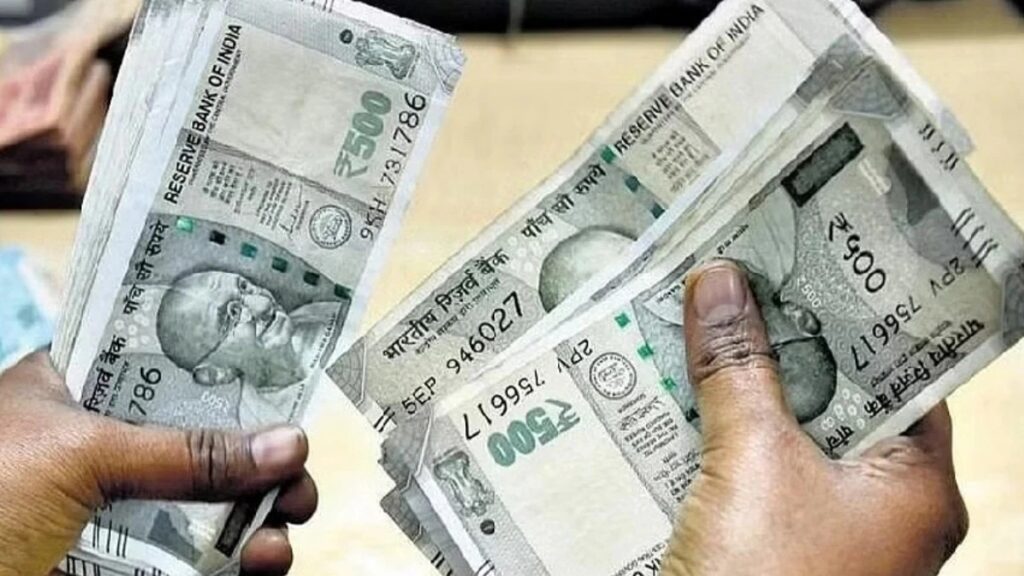The NDA cabinet led by Prime Minister Narendra Modi took a big decision last Saturday and approved the Unified Pension Scheme (UPS). It will be implemented from April 1, 2025. This big gift has been given to the central employees by the Center before Janmashtami. However, this decision is going to increase the burden on the government treasury and in the first year itself the government will have to spend more than Rs 6000 crore extra.
23 lakh workers will benefit, government’s expenditure will increase
23 lakh central government employees of the country will get the benefit of Unified Pension Scheme (UPS) and will get assured pension. According to the report of ANI, after the implementation of this scheme, there will be an additional burden of Rs 6,250 crore on the government treasury every year. In fact, with the implementation of the new pension scheme, the government’s contribution for the employees will increase and the government will have to spend a huge amount to compensate for this.
How the burden on the government treasury is increasing
Union Minister Ashwini Vaishnav had announced UPS on 24 August and shared all the information related to it. According to this, in the New Pension Scheme (NPS), the employee has to contribute 10 percent of his basic salary and the government contribution in it is 14 percent. At the same time, after the implementation of UPS from April 1, 2025, this contribution of the government will be 18.5 percent of the basic salary of the employee. According to this, the additional burden on the government treasury will be Rs 6250 crore in the first year.
What is special in UPS?
23 lakh employees of the Centre will get the benefit of Unified Pension Scheme (UPS), under which 50 percent of the average basic salary of 12 months of the employee will be given for life after retirement. For this, the employees will have to serve for at least 25 years. From time to time, the benefit of dearness relief (DR) will also be added to this fixed pension. After the death of the employee, 60 percent of the employee’s pension will be given to any eligible member of the family, whereas if an employee has served for only 10 years or more, then there is a provision to give him a minimum pension of Rs 10 thousand.
Talking about other major benefits of the new scheme, apart from gratuity, under UPS, a lump sum amount will also be given on retirement. It will be calculated as 10th part of the basic salary and dearness allowance for every 6 months of service of the employees. The amount of gratuity in this can be less than that of OPS.
NPS employees can also choose the UPS option
Under the Unified Pension Scheme, employees will be given the option to choose between the existing New Pension Scheme and UPS. That is, even those with NPS can opt for the Unified Pension Scheme. If employees do so, then according to the guidelines of the new scheme, employees retiring by March 31, 2025 will also be eligible to choose UPS and employees retiring under NPS will also get the benefit of arrears. Central employees have to pay arrears of Rs 800 crore under NPS, if these employees select the UPS option, they will get this arrears amount.
Actually, there were constant protests from the employees regarding NPS. After which the government has found a middle path and given the option of OPS to the employees.
UPS started being implemented in states as well
Along with announcing the Unified Pension Scheme, the Centre had clearly stated that state governments can implement UPS for their employees as per their wish. Its effect has also been seen and on the very next day after the Centre’s announcement, on Sunday, the Maharashtra government also approved UPS for state employees. It is worth noting that Maharashtra has become the first state to implement this new scheme of the Centre in its state.
Source (PTI) (NDTV) (HINDUSTANTIMES)
